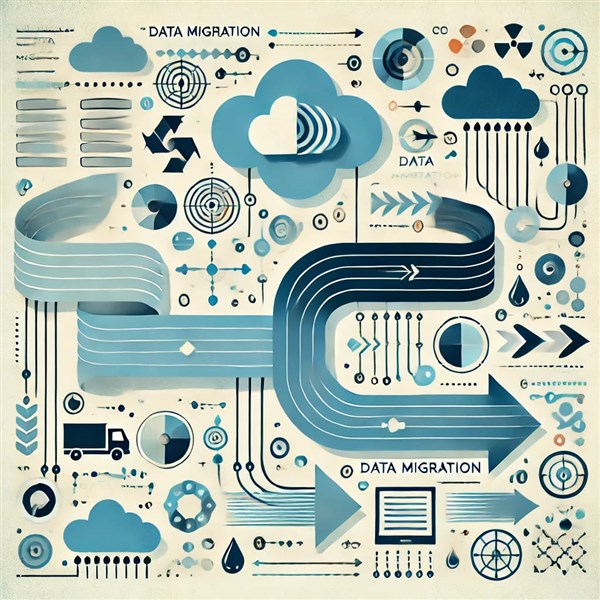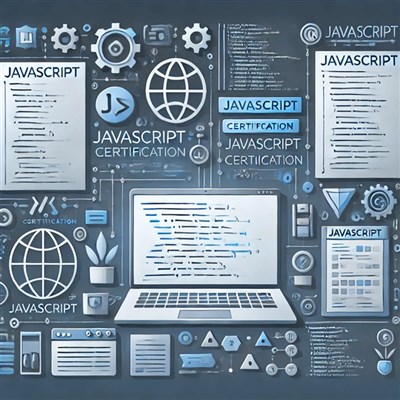
Data migration is a critical process for any organization looking to modernize its systems, integrate new technology, or consolidate data from different sources. Although data migration can unlock valuable insights, improve operational efficiency, and facilitate scalability, the process often brings substantial challenges. From data quality and security issues to downtime risks, these obstacles can complicate and extend migration projects if not addressed effectively. This guide explores some of the most common data migration challenges and offers practical solutions to help you navigate them successfully.
Challenges in Data Migration
1. Data Quality Issues
Challenge
One of the biggest challenges in data migration projects is ensuring high data quality. Legacy systems may contain outdated, duplicate, or inconsistent data, which can lead to errors and inefficiencies in the new environment. Transferring inaccurate data can compromise business operations, impact decision-making, and undermine the integrity of reports generated post-migration.
Solution
- Data Profiling and Cleansing: Begin by profiling your data to understand its structure, quality, and issues. Data cleansing should be an essential first step, involving the removal of duplicates, corrections of inconsistencies, and updating outdated information.
- Data Quality Tools: Employ tools like Talend, Informatica, or IBM DataStage to automate data cleansing and profiling, ensuring accuracy and consistency before migration.
- Define Data Quality Metrics: Establish clear quality metrics to track data integrity and quality throughout the migration process. Regular assessments against these metrics can help identify and address issues early.
2. Data Security and Compliance Risks
Challenge
Data security and regulatory compliance are primary concerns in data migration, particularly when handling sensitive or personal data. Moving large volumes of data increases the risk of exposure to unauthorized access, breaches, or leaks. Additionally, compliance with regulations like GDPR, HIPAA, or CCPA adds complexity to migration, as these laws govern how data should be managed and protected.
Solution
- Data Encryption and Masking: Use encryption to protect data both in transit and at rest. Data masking techniques can also be applied to sensitive data fields to prevent unauthorized access.
- Access Controls: Implement strict access controls and monitor who can view, modify, or transfer data during migration. Limiting access to essential personnel reduces the risk of breaches.
- Compliance Checks: Work closely with legal and compliance teams to ensure that your migration strategy meets all relevant regulations. Documentation, including audit trails and activity logs, can provide evidence of compliance.
- Backup Plan: Always keep a secure backup of data to avoid potential loss or corruption during migration.
3. Data Downtime and Business Disruption
Challenge
Data migration often involves transferring data from a live, operational system, and can therefore disrupt ongoing business activities. System downtime, even if temporary, can impact customer experience, reduce productivity, and result in financial losses.
Solution
- Phased Migration Strategy: Instead of moving everything at once, use a phased approach to migration. This way, you can migrate portions of data incrementally without affecting the entire system, reducing downtime.
- Zero-Downtime Migration Tools: For organizations with strict uptime requirements, consider using zero-downtime migration tools. Solutions like AWS Database Migration Service (DMS) or Microsoft’s Azure Database Migration Service facilitate ongoing data transfers without interrupting the main system.
- Parallel Processing and Rollbacks: Run the old and new systems in parallel during migration, allowing users to switch back to the original system if issues arise. Rollback plans ensure that you can revert to the old setup if necessary.
4. Complex Data Mapping and Transformation
Challenge
Data migration often involves data transformation to meet the structure and format requirements of the target system. Complex data mapping becomes necessary, especially when moving from legacy systems with different architectures, data formats, or file types.
Solution
- Data Mapping Tools: Tools like Talend, MuleSoft, and Informatica help automate data mapping and transformation tasks, making it easier to translate data from the source to the target format.
- Document Data Mapping Rules: Define and document data mapping rules in advance. This will provide clarity on how data should be transformed and reduce errors.
- ETL (Extract, Transform, Load) Process: Follow a structured ETL process to extract data, apply transformations as needed, and load it into the new system. ETL tools like Apache NiFi and Microsoft SSIS (SQL Server Integration Services) help automate and simplify this process.
5. Legacy System Compatibility Issues
Challenge
Many organizations migrate data from legacy systems, which may have different structures, formats, and constraints compared to modern systems. Ensuring compatibility between old and new systems is critical to avoid data loss, inconsistencies, or processing errors post-migration.
Solution
- API Integrations and Connectors: Utilize API integrations or specialized connectors to facilitate data transfer between incompatible systems. Many ETL and migration tools offer pre-built connectors for popular legacy databases.
- Custom Scripts for Legacy Systems: In cases where API connections aren’t available, custom scripts can be written to extract and transform data from legacy systems, ensuring it aligns with the new environment.
- Data Testing and Validation: Perform rigorous testing of data transferred from legacy systems to the new platform. Automated testing tools can be beneficial for quickly identifying compatibility issues and ensuring data accuracy.
6. Lack of Expertise and Planning
Challenge
Data migration projects require specialized expertise, particularly when dealing with large volumes of data, complex transformations, or sensitive information. Without proper planning, data migration can lead to unexpected delays, budget overruns, and incomplete data transfers.
Solution
- Dedicated Migration Team: Form a team that includes data engineers, security experts, and project managers with experience in migration. Each member should have a defined role, from planning to execution and post-migration support.
- Detailed Migration Plan: Develop a comprehensive migration plan that includes timelines, roles, budgets, risk assessments, and contingency plans. Clear milestones and deadlines help keep the project on track.
- Training and Knowledge Sharing: Provide training for your IT and operations teams to ensure they understand the new system post-migration, and establish a knowledge-sharing culture to make future migrations easier.
7. Testing and Validation Complexity
Challenge
Ensuring data accuracy, integrity, and performance in the new system requires rigorous testing and validation. The complexity of testing increases with the volume of data, variety of data formats, and the involvement of multiple systems.
Solution
- Develop a Testing Plan: Create a detailed testing plan that includes unit tests, functional tests, and performance tests. This ensures every aspect of the data migration is validated.
- Automated Testing Tools: Leverage tools like Data Migration Pro or QuerySurge, which can automate data validation tests and streamline the process.
- Pilot Migration and Staging Environment: Test your migration on a small sample dataset or in a staging environment. Pilot migrations help identify potential issues without impacting the main system.
8. Data Governance and Change Management
Challenge
Without proper governance and change management, data migration projects can lead to confusion, lack of accountability, and resistance from stakeholders. Data governance establishes ownership and accountability, while change management helps align teams with the migration goals.
Solution
- Assign Data Owners: Identify data owners who are responsible for data accuracy and decision-making during migration. This promotes accountability and ensures clear ownership of data assets.
- Implement Change Management Strategies: Educate and engage stakeholders on the benefits of data migration. Communication and training sessions can ease transition concerns and promote user adoption.
- Regular Updates and Feedback Loops: Maintain open communication channels throughout the migration process, including regular status updates, progress reports, and feedback loops to address concerns and adapt to changes.
Conclusion
Data migration can be a challenging endeavor, but with careful planning, a structured approach, and the right tools, it’s possible to overcome these obstacles. By addressing data quality, security, downtime, and compatibility issues proactively, organizations can ensure a smooth transition and unlock the full potential of their new systems. Establishing a dedicated team, developing a detailed migration plan, and investing in testing and validation processes can significantly enhance the success of a data migration project. Whether you’re migrating data for a system upgrade, cloud migration, or application consolidation, overcoming these challenges will put you on the path to a more resilient and efficient data environment.
One such expert is Koenig Solutions, a leading IT training company. They offer a range of data migration certification training courses that can equip you with the skills and knowledge needed to overcome the challenges of data migration.
In conclusion, while data migration can be challenging, these challenges can be overcome with the right approach and expertise. By ensuring data quality, planning carefully, and seeking expert assistance, businesses can successfully navigate the complexities of data migration and reap the benefits of this essential process.







COMMENT